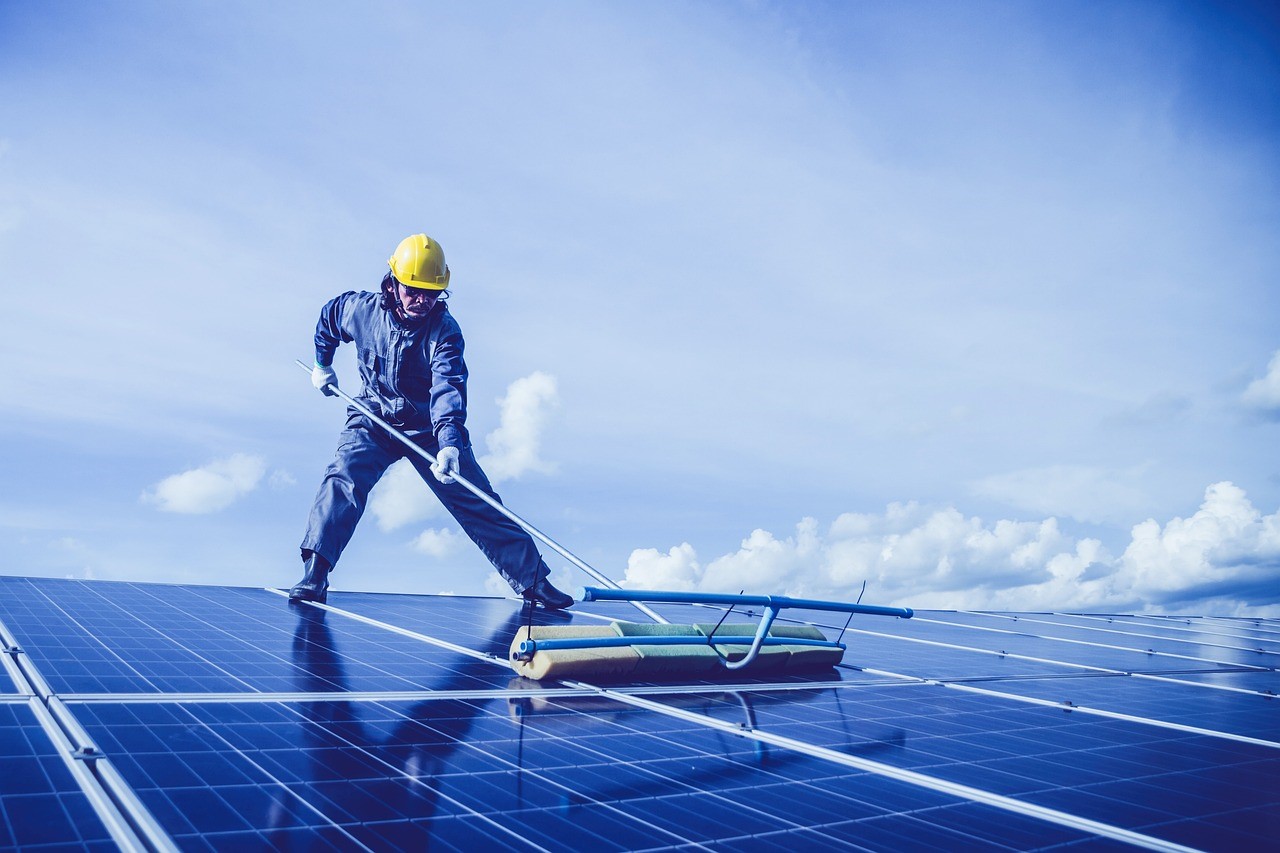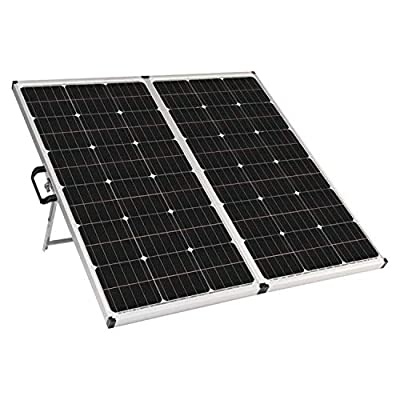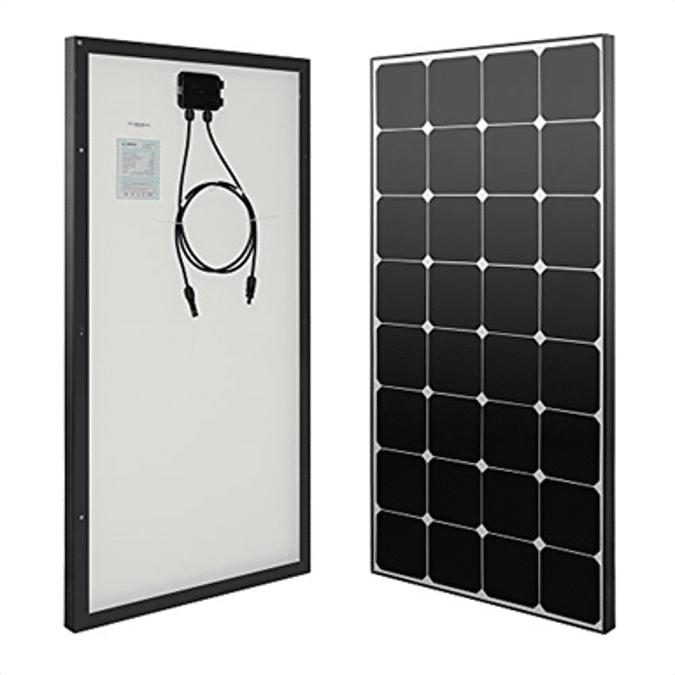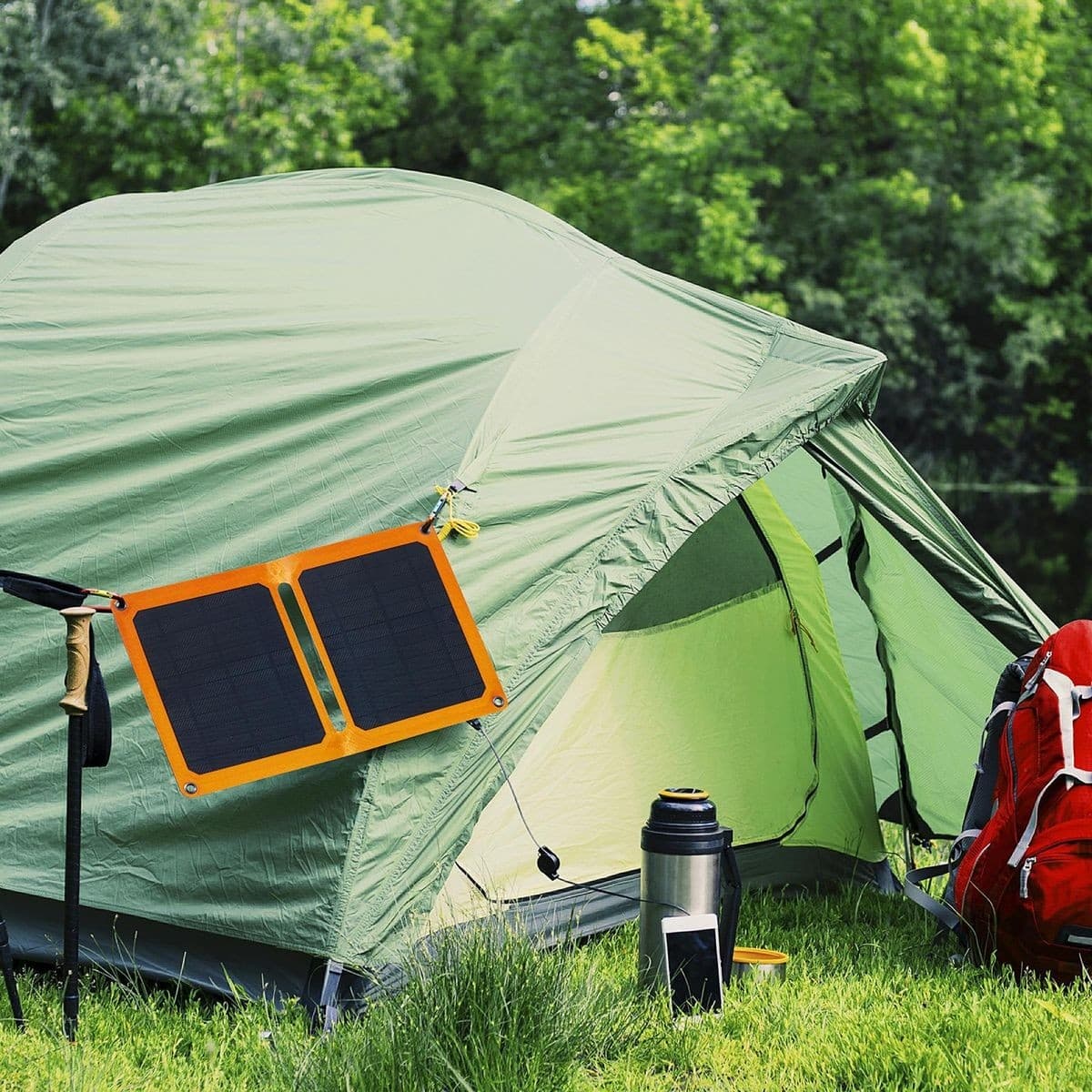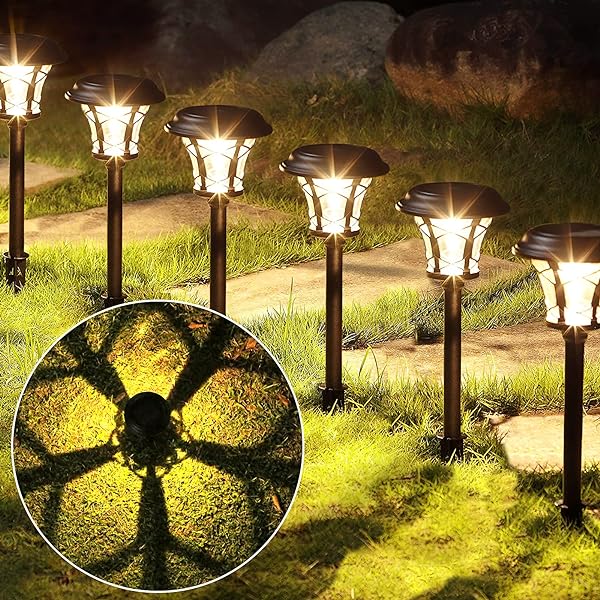For most of us, the term “solar panel” conjures up images of cheap, ugly panels stuck to a roof. These are probably true of the majority of people who have heard about solar power. But these days, there are a lot of different options for getting your home or business involved in the energy game. And the way you go about using it is as important as anything else — so here’s what you need to know about cleaning solar panels.
What is solar panel cleaning?
Cleaning solar panels is a two-step process. The first is to remove the dirt and dust from the panels themselves, and the second is to use a special cleaner to remove the dirt and oil from the wafer-like solar panels. The panels will look a little different after being cleaned, but the overall process is the same.
Here’s what you do: Start with the biggest clean. Brush off the dust, and then use a soft, absorbent cloth to remove the remaining dirt. Use a clean, soft cloth to remove the remaining dirt and oil, and a dry, absorbent cloth to remove the water from the panels. Next, use a preparation agent to help loosen the paint and settle the dust.
These can be found at local home improvement stores, and they’ll cost you a couple of bucks. Using a preparation agent is a good idea because it will help you achieve a better result, and it will also keep the chemicals out of your house. Finally, apply a bonding agent to help the solar panels stick to the roof or some other surface.
A bonding agent will also help you achieve a better result, but it is a special tool that you can purchase specifically for this purpose. Bonding agents are often identified by their thickness, ranging from 1mm to 3mm. They are used to attach papers and cardboard layers together, and they are also often used for removing water from materials.
How to clean solar panels
To clean solar panels, start by finding the dirt and making a plan of attack. Look closely at the panels to see what you can see — dirt, dust and all. Make a note of which areas are getting the most sun. Look for things like dirt and dust that have a color or texture that might indicate a problem.
In general, dirt should be removed using a wire brush or a soft, absorbent cloth. The granule dirt found in the dirt is harmless and will be flushed down the toilet with regular cleaning. If grit or sand sticks to your fingers, you can gently wash them off with a clean, soft cloth.
Harder materials like mud and grass require a wire brush to remove the dirt. If your area gets very hot or humid, it’s likely that water will collect on the panels. To remove this water, use a soft, damp cloth to remove the excess water.
If you’re unable to remove the excess water, you can either place a bucket underneath the solar panels to catch the excess water or you can use a product like No-Wash to remove water spots from aluminum and glass.
The benefits of cleaning solar panels
Cleaning solar panels is a two-step process. The first is to remove the dirt and dust from the panels themselves, and the second is to use a special cleaner to remove the dirt and oil from the wafer-like solar panels.
The panels will look a little different after being cleaned, but the overall process is the same. Here are the benefits of cleaning solar panels: Before cleaning, your panels will appear much cleaner.
Cleaning will ensure that your panels are really clean, and prolong the life of your panels. Your panels will be easier to clean. Your panels will be less likely to short out, which can cause damage. Your panels will be less likely to develop rust. Your panels will be less likely to collect dirt and water.
Your panels will be less likely to develop insect damage. Your panels will be less likely to heat up in the summer and be left exposed to the sun’s direct rays.
The key steps in cleaning solar panels
After you’ve identified the source of the dirt and water, the next step is to plan how you’ll clean them. There are a few different ways you can go about this. Wet method – In this method, you’ll wet the rails and panels, and then attempt to scrub them clean with a wire brush.
You can purchase special brushes designed for this purpose. Dry method – In this method, you won’t wet the panels, and instead, you’ll brush them off with a soft, absorbent cloth. Both wet and dry methods can be combined to form the ultimate cleaning strategy, which we’ll discuss below.
Going from dirty to nice with solar panels
Once you’ve cleaned your panels and aimed them toward getting less sun exposure, you’ll need to balance out their exposure to light so they look their best while generating electricity. This is called adding in-panel light, and it’s done through two methods. Sunlight infiltration – In this method, you’ll aim your panels so that the light is coming in from behind.
This will direct more light into the panels, and they’ll be less exposed to direct light from the sun. Hall Effect Culver Device – This contraption consists of three metal plates with holes in them and a light behind them. You’ll aim the panels toward the light, and they’ll receive the most light from behind.
Final words: Should you do a solar panel cleanup?
If you’re ready to clean your panels and aim them in the right direction, here are some final thoughts – should you do a solar panel cleanup? Yes, if you want to extend the life of your panels. And also, you should do it every five years. The Maintenance Guide for Solar Panels explains how to keep your panels healthy and strong.

